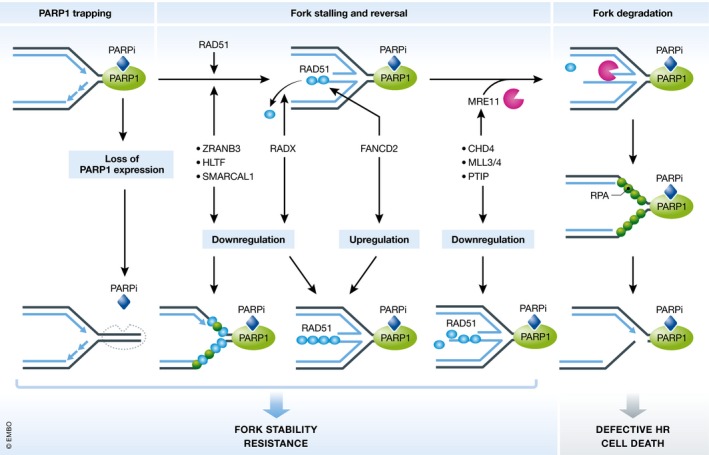Figure 4. Mechanisms restoring stalled fork stabilization and PARP inhibitor resistance in BRCA1/2‐mutated cancers.

PARP inhibitors (PARPi) can trap PARP on DNA, which impedes DNA replication and causes fork stalling. In BRCA2‐mutated cancer cells, stalled replication forks are destabilized because of excessive fork degradation, which causes fork collapse and cell death. However, PARP inhibitor sensitivity can be altered by restoring stalled fork stability in some cases. First, through loss of PARP1 expression. As there is no target for PARP inhibitors to trap onto DNA, replication forks are less perturbed. Second, through inactivating SNF2 family fork remodelers. This closes the gate for nucleases by inhibiting fork reversal. Third, through downregulation of RADX. Since RADX promotes RAD51 displacement, loss of RADX results in stabilized RAD51 filaments, which suppresses fork degradation. Fourth, through increased FANCD2 expression. FANCD2 has a role in stabilizing RAD51 nucleoprotein filaments; therefore, its increased expression limits replication stress and promotes fork stability. Lastly, through loss of MRE11 facilitators. In this scenario, MRE11 recruitment to stalled forks is impaired, thus preventing fork degradation and fork destabilization.
